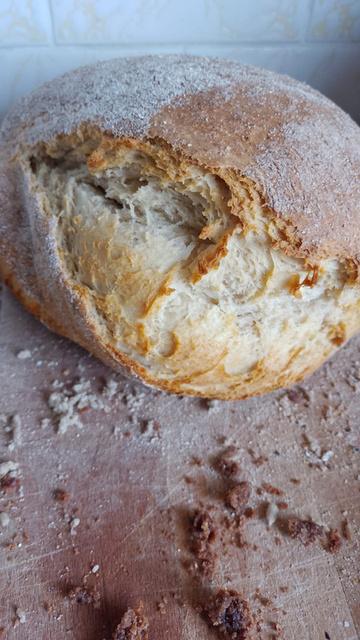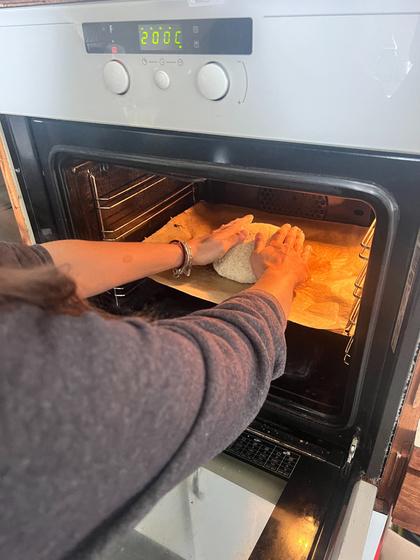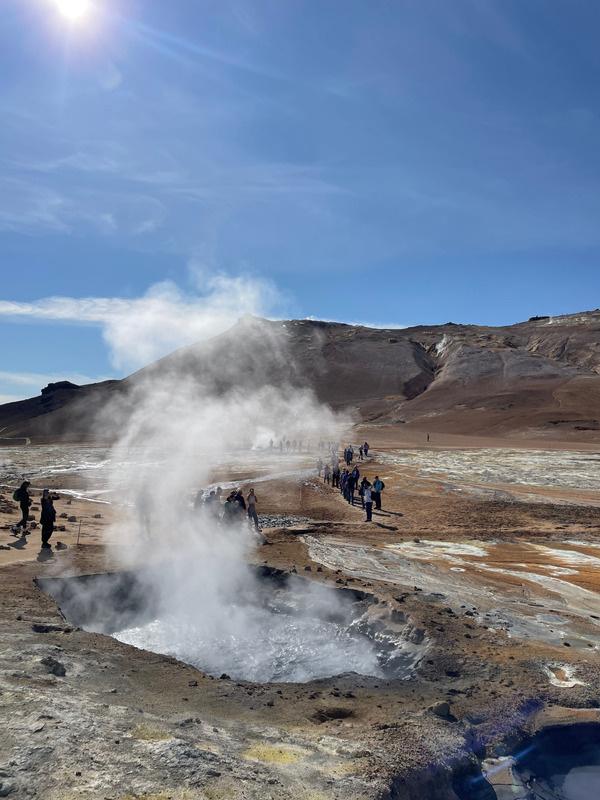




annon-profitorganizationpromotingnatureprotection,peaceorientedactivities,friendship,andinternationalunderstanding amongpeople.
ThemainactivitiesofferedbyWFinIcelandareShort-and Long-Termvolunteeringprograms,summercampsforteenagers, exchangeprograms&educationaltours.
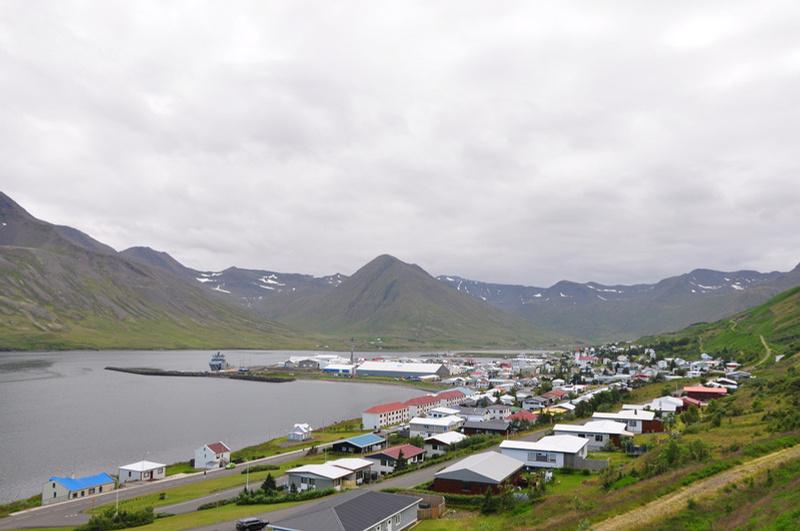
Todaytheendeavorofattainingworldpeacehasbecomea tangiblepossibilityandthedevelopmentandstrengtheningof bondsofcooperationandfriendshipthroughcontactwithpeople fromothercountriesandcultureshasproventobeoneofthe mostfruitfulmeansofachievingunderstandingandunityamong nations.
Veraldarvinir'smainaimistoincreaseintercultural understandingbyofferinginternationalvolunteersthe opportunitytotakepartinnatureandpeace-relatedactivities.
Inthelast21yearswehosted20.613Internationalparticipantsin ourprogramsinIcelandandtheycontributed2.34millionhours toIcelandicnature.
PAGE 3
MEET THE TEAM
PAGE 5
RENEWABLE ENERGIES IN ICELAND
PAGE 7
ICELANDIC PRIDE
PAGE 9
ATLANTIC PUFFIN
PAGE 11
SIGLUFJÖRÐUR FOREST
A SMALL TALK WITH RUT
PAGE 13
ICELANDIC MYTHOLOGY
PAGE 15
DIAMOND BEACH
PAGE 17
WHALES
PAGE 19
RECIPE: SKYR BREAD
Hey! My name is Denis and I’m 19 years old. I just finished my school this year and now I’m taking a break in Iceland for 4 months. I do voluntary work here and therefore support the environment. So far I like the work here and the people are all super friendly. My experience here has been great so far and I hope the next 3 months will be the same :)

name is Reika. I'm 18 years old and I'm m Japan. I like playing the piano and my as moved by the cape of Iceland. I gether as a team,
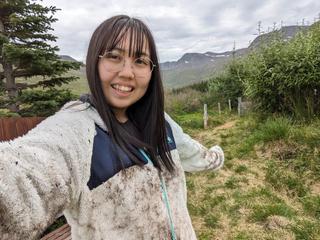
I'm Arnau, I'm 24 years old, I'm from Barcelona, Spain, and I currently work as an electronic engineer. Visiting Iceland was an opportunity to meet people from all over the world and to be able to help a little to take care of nature. The experience has been fantastic, the only thing I regret is having only been there for 2 weeks. 2 weeks full of activities such as trash sorting, reforestation, and visiting incredible places in
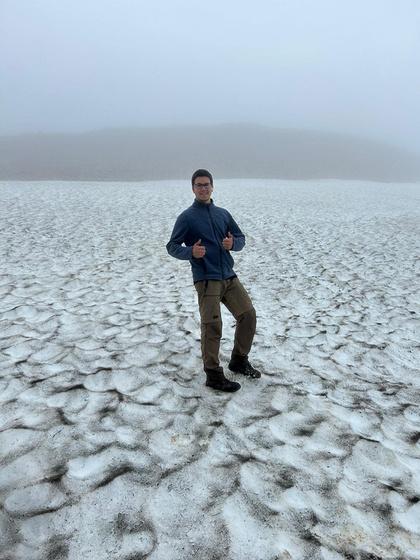
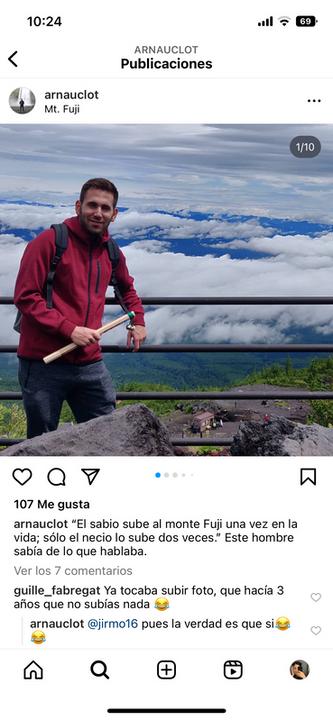
My name is Leonie and I’m 18 years old. I’m from Germany and I joined the Brú family for a month. It’s really nice to exchange ideas with so many different cultures and nationalities. The house and its residents have a lot of temperament so it never gets boring and team leaders are very kind. Because of the activities like beach cleaning you will get to know Iceland in a special way, you just have to be flexible and creative :)
I'm 24 years old and recently finished my studies in environmental development. I came to Brú to rise my horizon, meet interesting people and learn more about the relationship between human beings and nature. Iceland showed me once again the great power of nature and the reason why it is necessary to protect it.

Hi! My name is Ruth, I'm 18 years old and I'm from Spain. I'm about to start university so staying in the house have helped me to open myself and knowing that is okay to be me between the others and I'm sure that's gonna help me in this new stage of my life
My name is Anna, I'm 20 years old and I'm from Austria. I wanted to go through this experience to border my mind and i ended up having the time of my life. It was so fun, the volunteers and the camps leaders were very entertaining and kindhearted. Definitely recommend trying out this program!
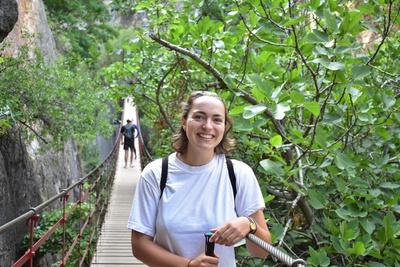
My name is Darío, I’m from Mexico and I’m 30 years old . I work as a ELE, ESL and FLE teacher. A lover of photography and backpacking. My experience in Iceland was amazing, I had so much fun with the camp leaders and the volunteers! We laughed a lot and learned a lot of new things. This experience was an opportunity to be closer to nature and be more conscious about the importance of taking care of it.

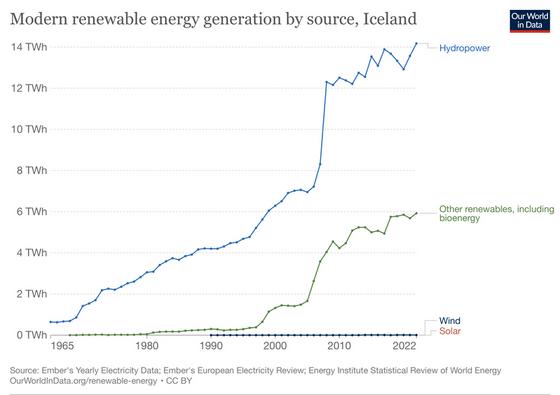
Iceland is known to be one of the leaders in green and clean energy in the world, and today we're gonna inquire a little bit on it.
Around 85% of primary energy supplies in Iceland come from renewable energy sources.

Iceland’s transition from oil, fossil and coal energy to renewable energies is a model and example to follow. This cause of this transition, more than climate change nd global warming, was that Iceland wasn’t able to afford the prices of this oil because of some energetic crises that were going on on global markets.
Surprisingly, a farmer started to figure out how to use the hot natural water to heat this farm, a simple geothermal system as we know it today. Locals started to support and implement this method and the municipalities started to support the research of this geothermal system of energy. Gradually this arrived to the government support, research and implement of the geothermal energy as it’s now one of the main sources for electricity and heat for Icelandic houses.
But that happened not only with the geothermal but also with the hydropower energy started to be implemented. As in the case of geothermal energy, this was started by farmers trying to provide energy and electricity to their farms and homes. Gradually same thing happened as with geothermal energy and the government started to focus on a large-scale project of development of hydropower energy,

Nowadays

as you can see those are the main sources of energy to provide electricity to Icelandic homes. Also the country is trying to provide all this knowledge to other countries to encourage them to make this change which is the best for the planet situation that we are living. Having all this renewable options which are better for the planet and more efficient, why not using them?
You probably heard about the amazing pride that is celebrated in Reikiavik since 1999 and gathers between 70.000 and 100.000 people! Iceland is one of the most inclusive and respectful countries in the world about LGTBIG+ rights.
The first legal moves in Iceland in this area happens in 1940 when the rehabilitation laws for gay people where abolished. The first public figure to appear openly as gay in 1975 was Hörður Torfason, a singer and actor. He took part of the first difficult steps as an activist in this path. He was rejected by the society but he kept strong and created the Samtökin ‘78 which is a queer interest and activism association that has existed in Iceland since 1978, with the purpose of ensuring that lesbians, gay, bisexual, asexual, pansexual, intersex, trans people and other queer people are visible, acknowledged and enjoy full rights in Icelandic society, regardless of their country of origin. PAGE SEVEN
This is Jón Gnarr, the former mayor of Reikiavik in the 2011 pride fully dressed as drag, the perfect image of inclusion in Iceland between all gender orientations and gender identity.
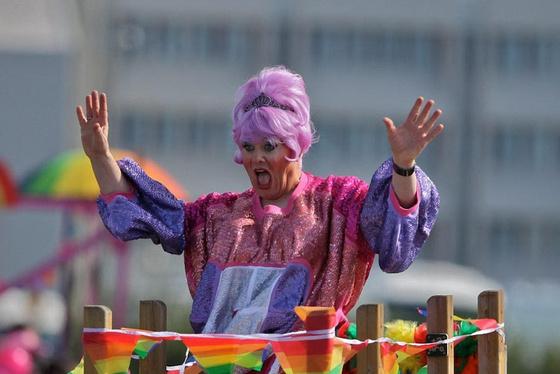
Nowadays you can see that the icelandic society is really inclusive with LGTBIQ+ community. The streets are full of colors, you can see even all companies and business supporting the movement, putting flags outside and inside.

Surprisingly, even church in Iceland joins the movement and in pride you can always see the LGTBIQ+ flag in it.
It’s really beautiful to see a whole society united by respect and inclusion with no discrimination. Love is love! And it’s beautiful to see it in all forms and ways


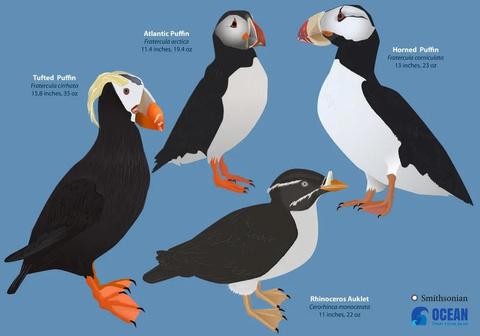
This specie, known as Lundi in icelandic, lives approximately 8 months in the sea and start forming their colonies in late spring which lasts until the end of summer. This period is specifically between May and August.
This specie is monogamous and they have one partner for all their lives. The average life of an Atlantic Puffin is between 20-25 years.
Females engender one little puffin every year and the parenting responsibilities are shared between male and female. They incubate the egg in turns which takes between 36 and 45 days. When the baby grows, after 6 weeks, they’re fully grown and self responsable puffins that can take care of themselves.
Those seabirds can dive 60 meters and fly 88 km/h flapping their wings around 400 times per minute
This specie is not clissified as endangered but the International Union for conservation considered it from a few years ago as vulnerable. The reason of this, more than the hunting, which is still allowed and not a new thing, is more the decline of the sand eel which is their principal meal .
As you might know, you can see them in the summer season in Iceland whether it's by yourself or by puffin watching guide tours. Here’s map with the bests spots of Iceland to see them.
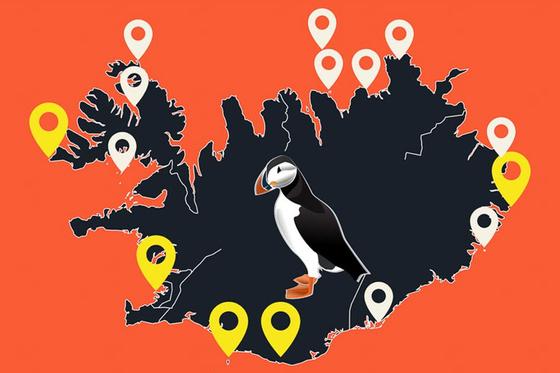
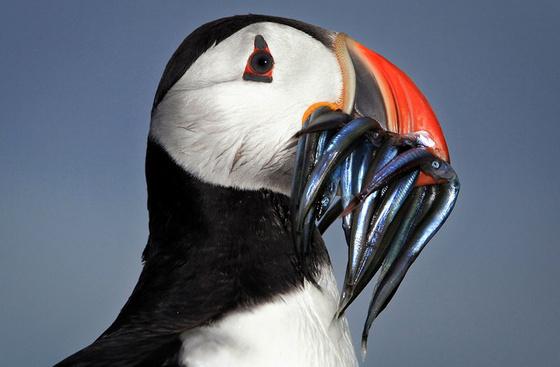



Helping the community with the forest is the main activity in the campus of Siglufjörður, and today Ruth, who worked many years in the forest is gonna talk to us about it.
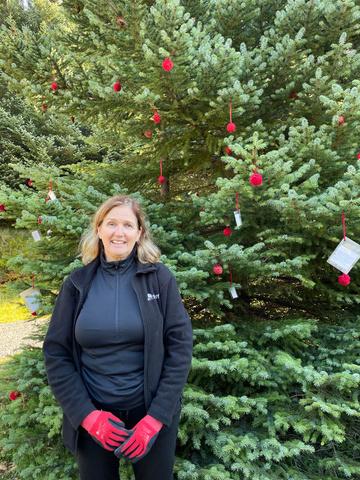
I’m Vilborg Rut Vilborg Viðarsdóttir. I just turned 60 years old and I have been helping in the forest since 1995, 28 years ago. Kristrun who is the chairwoman of the association guided me since I arrived here, and we’re still here together, no matter the age, the people still come and still take care of the forest, like Kristrun that she’s turning 80 years old.
Jóhann Þorvaldsson, who was teacher and school director decided to start this projecto back in 1940. Everybody around told him that it wasn’t a good idea and that wasn't gonna work on those lands. Despite of what everybody told him, he was convinced on the idea that he had. People from the area and other communities made this possible through years, with limited money and resources but with a lot of willpower and love to see this forest grow and being taken care of through the time.

"Ad gefast upp kom aldrei til greina" "Giving up was never considered"
Worldwide Friends started this project with helping the forest in 2021 and the program was completely stabilized last year in 2022. The main activity in Siglufjörður is helping the Skógræktarfélag Siglufjarðar (Siglufjörður Forestry Association) with taking care of the forest in a lot of ways: Cutting branches, dead trees, creating paths for the people to walk in the forest, planting, putting railing...anything that they ask to help with .
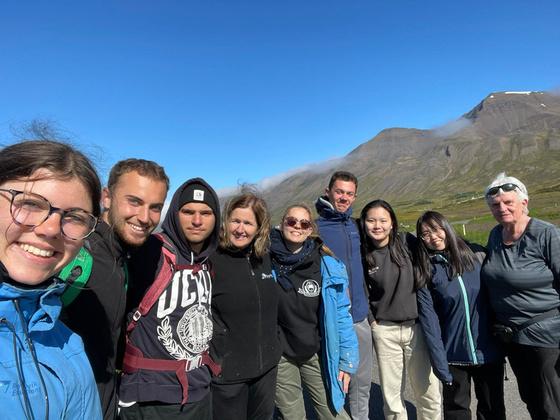

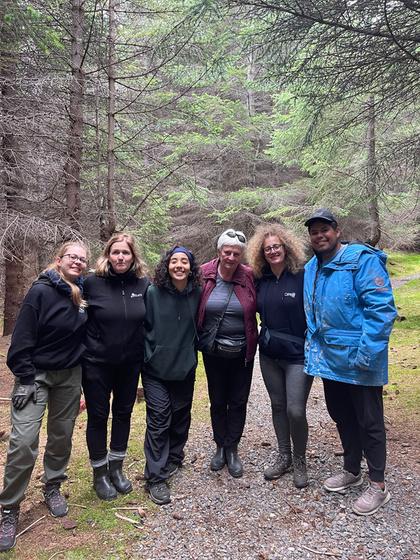
Rut:
“I have 5 biological children but you are all my children here. It’s really gratifying to see all the love that you give here to help with all your positive energy. Seeing you all gives me hope of people in the world and I hope you always find people like you with this beautiful energy in your path of life.”
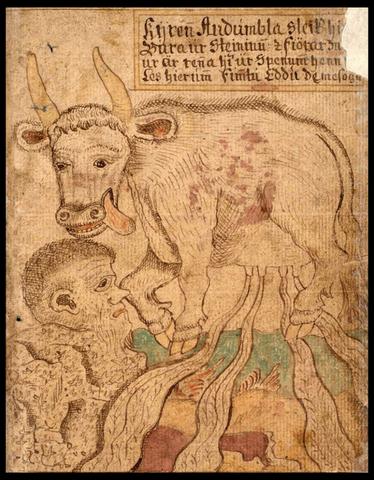

Few places in the world encompass such a long-lived narrative as Iceland. This dark narrative typical of Nordic mythology is chewed in the environment, each place refers to a story that constitutes a pillar of the Icelandic idiosyncrasy. A place that invites reflection, a place where the past is never a thing of the past, where the presence of the intervention of archaic man is stepped on at every step, it is detected in each of the elements that make up a landscape stripped bare by the Vikings.
In this article, we will appeal to the fictional dimension of this European country, which carries the most suggestive and current legends from around the world.
First of all, we must go back 70,000 years in history to understand the relevance of fiction in the process of proliferation of humans. What differentiated the human species from which we have evolved from animals and other human species was the ability to imagine fictitious entities through which to cooperate, the collective agreements that made us come together in groups to fight for a common goal. This collective imagination made possible the phenomenon of the coalition between human beings, an unprecedented event in early human history, which was the key to success for the expansion of sapiens throughout the earth.
Evil never had barriers, it is everywhere. However, the Icelanders gave the devil jurisdiction. This is Drangey Island, located in the north of Iceland, residence of the famous Viking Grettir Asmundarson, where the sudden death of a bird hunter set the local imagination in motion. This totemic conception highlights the fictional character of this country. More than the specific story of this legend, the concept of literally isolating evil is more interesting and beautiful. This prevailing symbolism in each of Iceland's natural structures grants its visitors a profound experience of return, reconnection. The answers are not always given in the future.
We, as foreigners, can be very closedminded. Skepticism implies a certain trivialization of traditions foreign to our country. In the case of Iceland, we understand that legends are a reflection of social functioning and that they have helped the stability of this country. A place where evil is left aside, a place where human values that are on the decline in our new world are privileged. The power of fiction contributes to peace, and faith is the only tool.
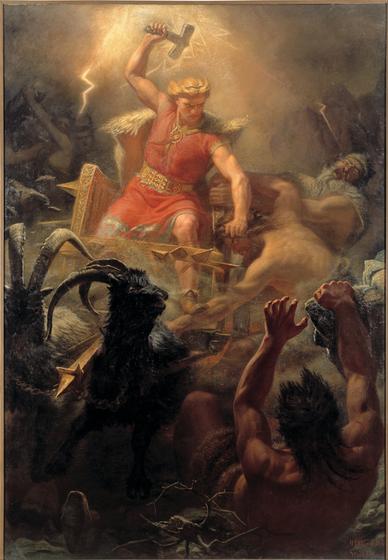

It is not surprising then, that this phenomenon continues to this day. It is an aspect that is deeply rooted in the human essence. Work, fight in wars and live for things that do not exist beyond the mental construction of the human being, such as nations, money or religion. Faith is what has kept us standing throughout history, when we lose faith, anguish takes over the collective psyche and the idea of death begins to make sense.
Once this essentialist anthropological face of human faith has been glossed, let us focus on the apophenic places that dwell in this extraordinary country.
Article by Sergi TerolThe contrast between the glittering icebergs floating in the water and the black volcanic sand of the beach, a result of volcanic activity in the region, creates a truly breathtaking image, which has led to it being called "Diamond Beach".
The beach is also referred to as "Jökulsárlón Beach" due to its close geographical and visual relationship with the nearby glacial lagoon Jökulsárlón, the most famous in the country of Iceland.
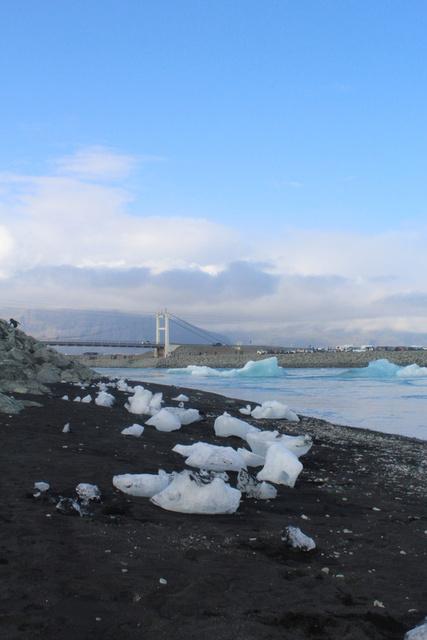
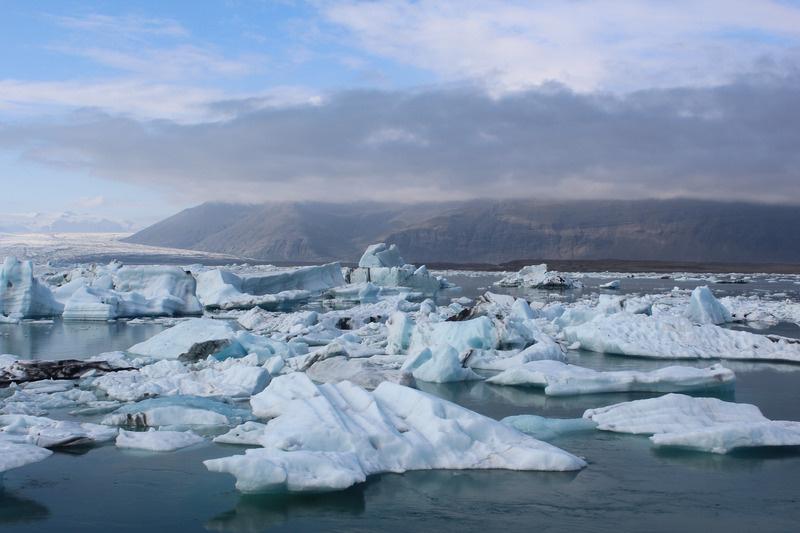
" B r e i ð a m e r k u r s a n d u r " is the official Icelandic name of this beach for its extensive area of black sand and gravel that stretches along the southeast coast of the island.
This lagoon is where the remains of the glacier break off and are then washed up on the beach.
However, Iceland has lost 7% of its glaciers in just 20 years due to climate change.

Breiðamerkurjökull's ice is melting faster than it can recover, so it is said that over time, it will eventually disappear.
According to the Icelandic Meteorological Office, since 1989, the Vatnajökull ice sheet, one of the largest in Europe, has already lost between 150 and 200 cubic kilometres of ice and its surface area has shrunk by more than 400 square kilometres.
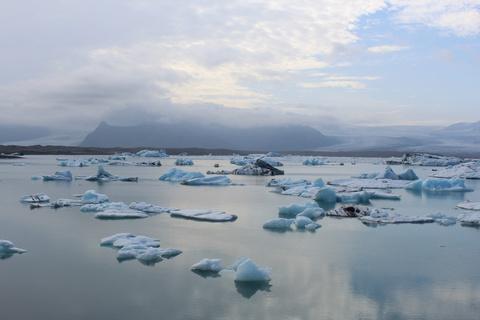
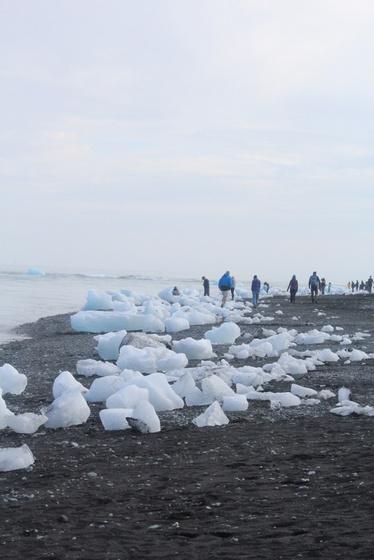
The whales play a really important role in the functioning of our whole ecosystem, not only just the marine one. Today we’re gonna inquire about these mammals and their life in Iceland.
As you might know, Iceland is one of the best destinations if you wanna spot these beautiful animals in their natural habitat. You can easily find them in Iceland in the season of summer . They’re warm-blooded mammals and they can survive in the cold water because of the big quantity of food that they eat that provides them the fat layer called blubber.
Those are the most seen types of whales in Iceland
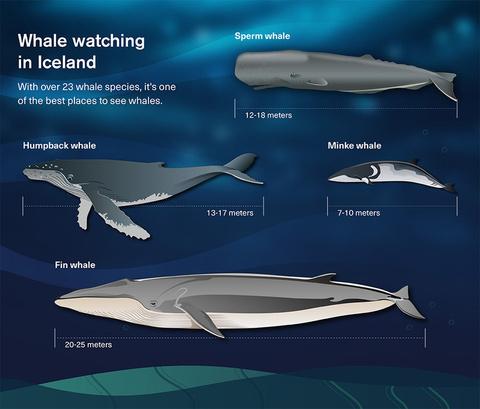
An adult whale can eat around 900 kg of food a day!
Those mammals play a really important role in our ecosystem because they capture around 33 tons of carbon and that’s equivalent to 30.000 trees. A part from that, whale’s waste has the perfect and necessary sustenance that phytoplankton needs to live and grow.
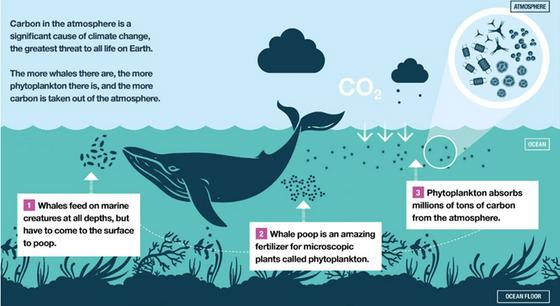
Why is that important?
These tiny organisms capture around 37 billion metric tons of CO2, or about 40% of all CO2 created, and use it to produce at least 50% of the oxygen in our atmosphere.
The whale watching in summer in Iceland is very popular and you have differnt guide tours in different spots with different prices. The best season to see them is summer, between April and September. Whales thrive in Iceland's coastal waters. The ideal environment for a plentiful food supply is created by the unusual combination of cold ocean currents and warm currents. Due to a lack of food or good conditions for them to procreate, whales migrate and travel to warmer seas in the winter, heading to the south. But not all of them, some stay in Icelandic waters and you can spot them in winter too!
Migration patterns of humpback whales in the North Atlantic Ocean
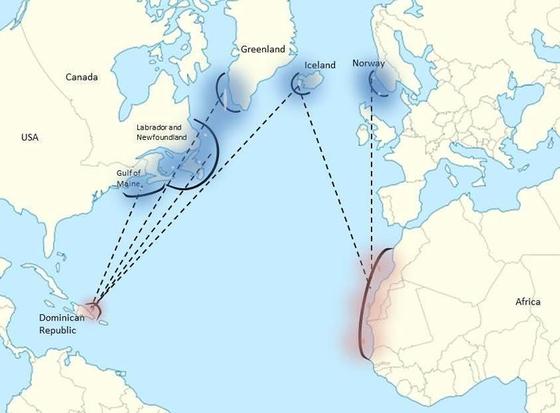
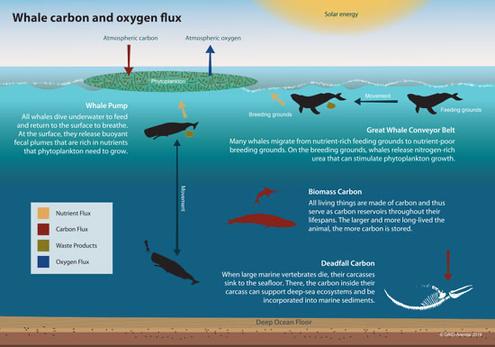
You all know that in WorldwideFriends we make our own bread and we’re always open to new and innovative bread recipes. Today we’re gonna talk about Skyr Bread.
 -By Cristina, in Brú-
-By Cristina, in Brú-
4 spoons of skýr yoghurt
500 g flour
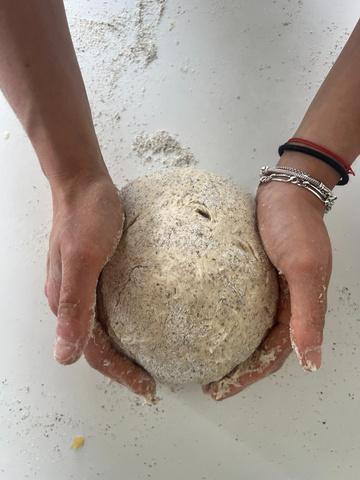
300 ml warm water
50 g sunflower oil
1 teaspoon salt
1 teaspoon sugar
1 teaspoon yeast
In a little bowl, mix the warm water with the yeast and leave it aside.
In a big bowl, mix all the other ingredients. Then add the water to the mix and knead the dough with your hands.
Let it rest some minutes and
Let it rest for 1 hour in a warm area. Preheat the oven at 220ºC for 10 minutes. Bake the bread at 180ºC during 40 minutes.
